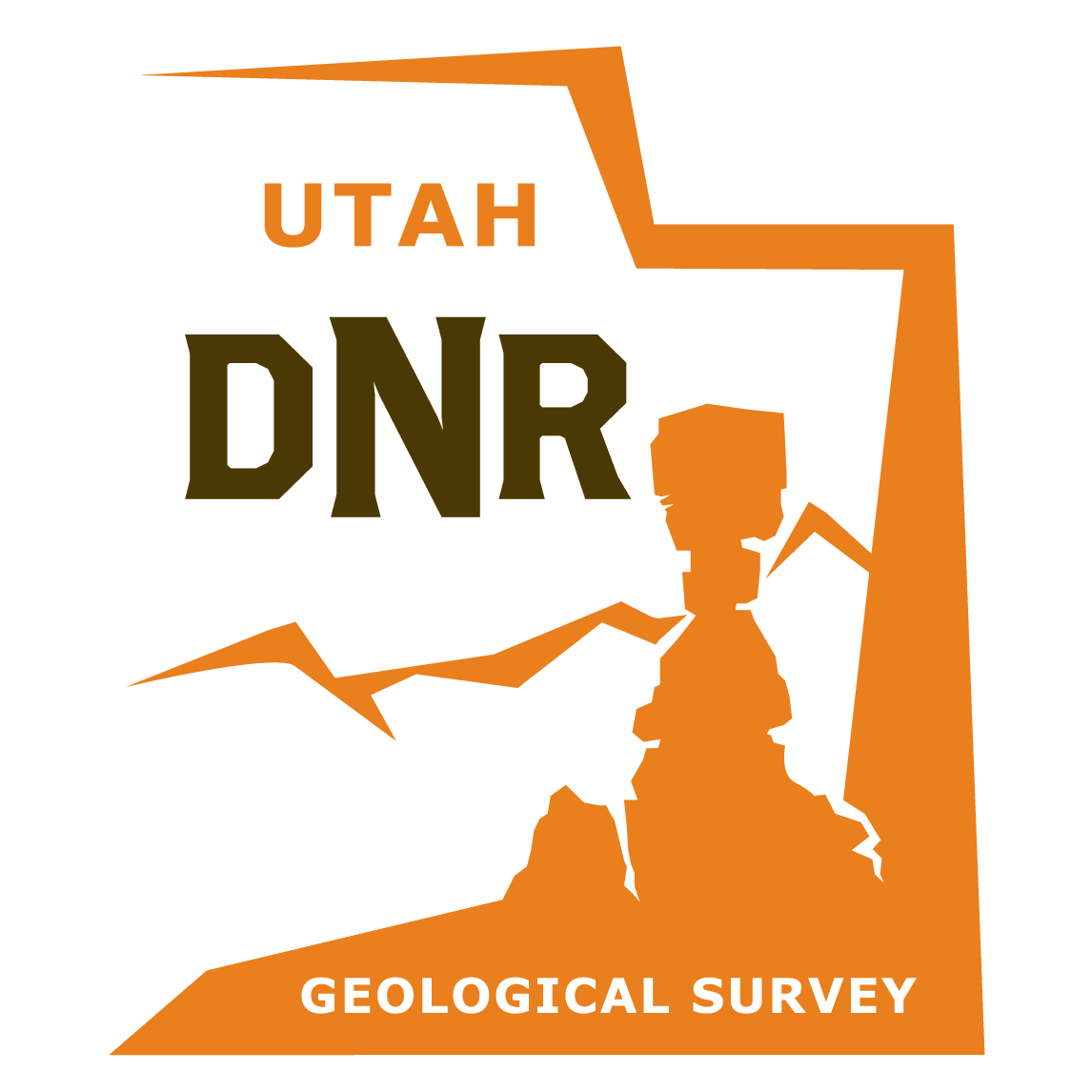 Can you “Spot the Rock”? This tucked away sight is no castle of rocks, though its immensity is quite spectacular.
Can you “Spot the Rock”? This tucked away sight is no castle of rocks, though its immensity is quite spectacular.
Like us on FACEBOOK or follow us on TWITTER to participate!
UPDATE: Location Revealed
Last week’s “Spot the Rock” photo was of a sinkhole in Big Round Valley, Washington County, just north of the Arizona state line. Can you spot the person for scale in this closeup view of the sinkhole?
This hole formed when the roof of an underlying cave collapsed, but what created the underlying cave? It was likely created when ground water dissolved and carried away the mineral gypsum. The Harrisburg Member of the Kaibab Formation underlies the sinkhole and is known for such gypsum “karst” features elsewhere in the area. Alternatively, or in conjunction with gypsum dissolution, ground water may have dissolved and carried away part of an underlying limestone layer.
A third possible scenario involves a process called sediment piping, where ground water traveling along initially small cracks carries away clay and silt-size particles. In this scenario, fine sediment is carried away in suspension by flowing ground water, and the small cracks can grow to large channels, or pipes. For piping to occur, the removed silt and clay needs a place to be deposited. Therefore, piping features usually end at the base of a river bank or other steep slope. However, the bed of the adjacent Virgin River is about 20 feet (6 meters) higher in elevation than the bottom of the sinkhole. Thus sediment cannot be piped to the river channel. This brings us full circle to needing a cave in limestone or gypsum bedrock to collect sediment.
More information on this location can be found here-http://geology.utah.gov/surveynotes/geosights/sinkhole.htm








